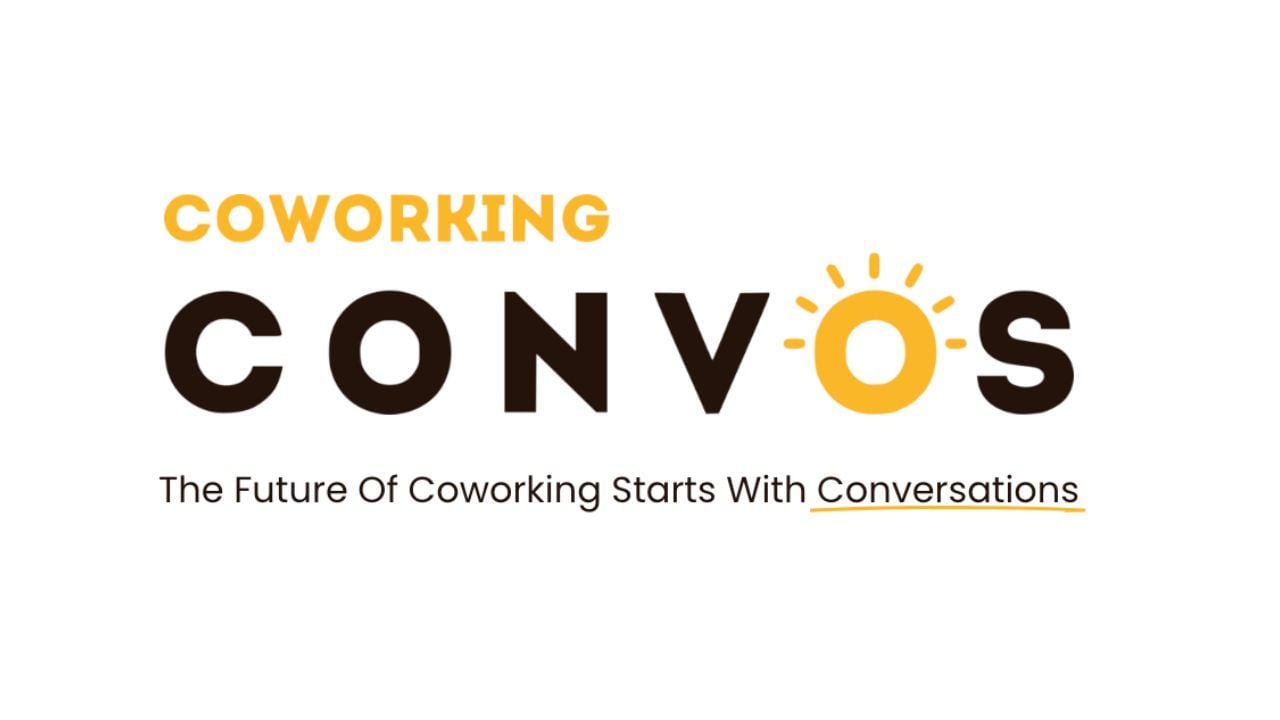Coworking spaces have changed what it means to go to the office, as freelancers, startups, entrepreneurs and even large corporations seek flexibility and a sense of community.
One of the first iterations of a traditional coworking space opened in 2005, when software engineer Brad Neuberg wanted a workspace that provided him “the freedom and independence of working for myself along with the structure and community of working with others.” This led him to rent out space from a feminist collective and open the San Francisco Coworking Space.
A few years later, designer Miguel McKelvey and Adam Neumann opened a new coworking company called WeWork. The company would go on to become one of the most promising startups in the world.
Since its humble beginnings, coworking operators have branched away from curating their spaces solely for small startups. Now, niche spaces cater to a myriad of professionals. For instance, Knotel markets itself as a more grownup WeWork, while The Wing caters its facilities to women.
Today, many coworking firms are struggling as people opt to work from home for the time being, but this has led operators to adapt their services to continue engaging members. For example, coworking firm Cove has started offering cove@Home, a service that nurtures a virtual community, offers tips in creating a home office and delivers coffee and snacks to members’ homes.
Once coworking spaces do open back up, they will look much different. Workstations will be spread apart, sanitation stations will be installed, and signs will be hung up that encourage physical distancing.

 Dr. Gleb Tsipursky – The Office Whisperer
Dr. Gleb Tsipursky – The Office Whisperer Cat Johnson – Coworking Marketing Maven
Cat Johnson – Coworking Marketing Maven Angela Howard – Culture Expert
Angela Howard – Culture Expert Drew Jones – Design & Innovation
Drew Jones – Design & Innovation Andrea Pirrotti-Dranchak – Competitive Advantage
Andrea Pirrotti-Dranchak – Competitive Advantage Jonathan Price – CRE & Flex Expert
Jonathan Price – CRE & Flex Expert Jeremy Fennema – Tech Innovation Alchemist
Jeremy Fennema – Tech Innovation Alchemist









